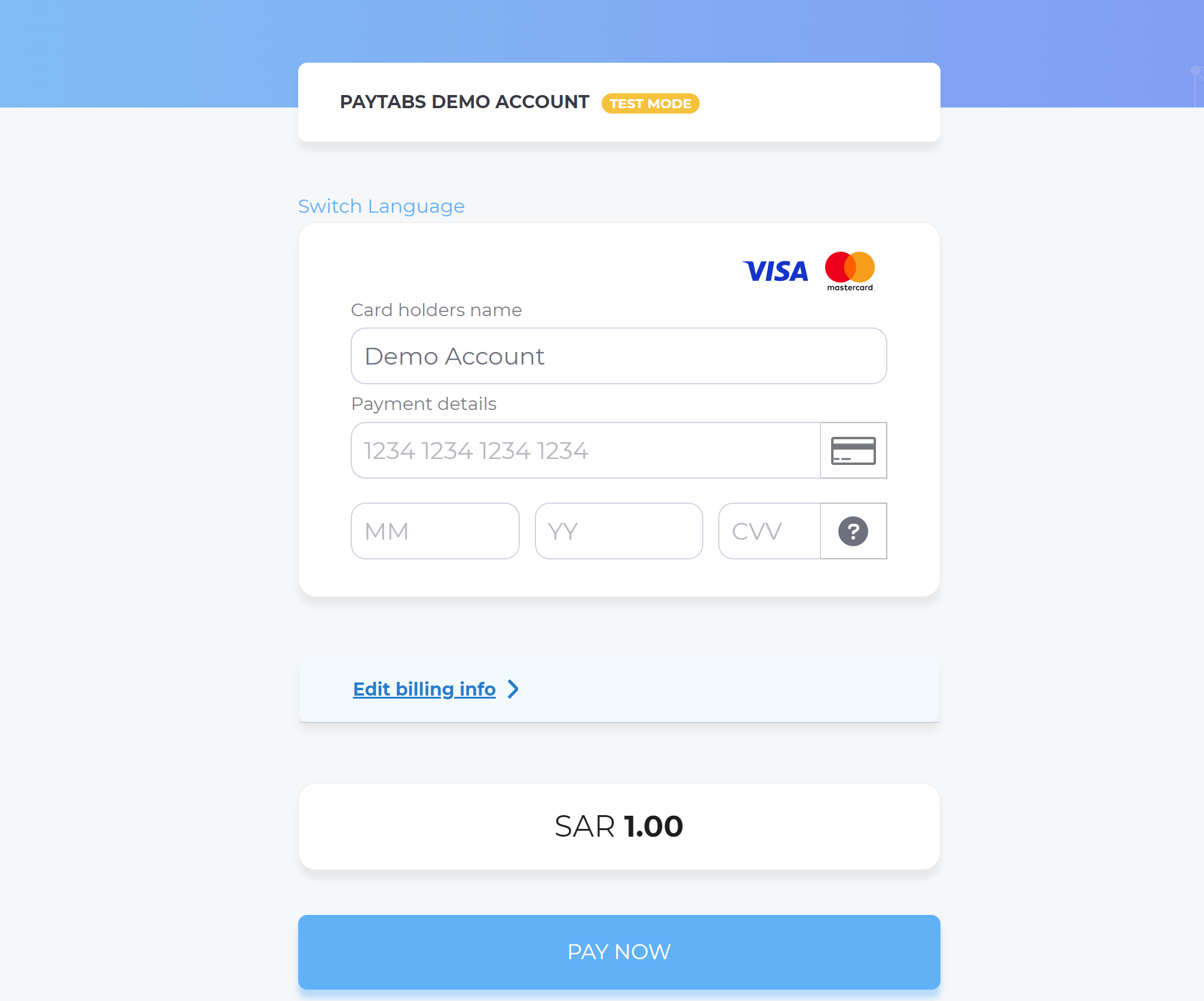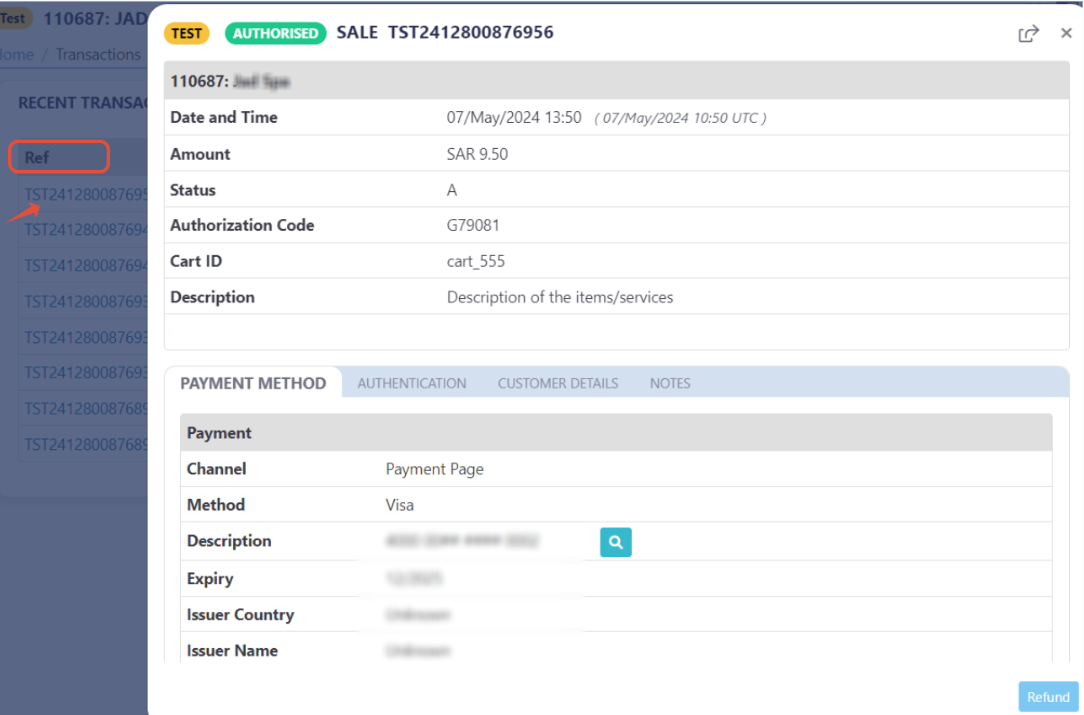Manage Shipping and Billing Details
PayTabs provides you with the backend packages that make the integrating with PayTabs payment gateway very easy by providing ready-made classes that handle the payment process.
This article is dedicated to walking you through how to manage/manipulate both shipping and billing/customer information in the Node.js package, as shown below:
Code Sample:
Those two methods indicate the customer/billing details and shipping details for the initiated payment. Only if provided the payment page will be prefilled with these data.
let customer = {
name:"Technical Support",
email:"[email protected]",
phone:"+966 55 xxxxxx6",
street1:"Street address",
city:"jeddah",
state:"01",
country:"SA",
zip:"52121",
IP:"10.0.0.1"
}
let customer_details = [
customer.name,
customer.email,
customer.phone,
customer.street1,
customer.city,
customer.state,
customer.country,
customer.zip,
customer.IP
];
let shipping_address = customer_details;
The customer details are still required and must be passed, in case any of the details are missing or passed with invalid values; the cardholder will be required to enter any of the missing details on the payment page
Method Parameters:
The following parameters are required to be sent within the function but optional to be sent within the createPaymentPage function, as shown below:
Customer Details:
| Parameter | | |||
|---|---|---|---|---|
| Description | Indicates the customer details for this payment. If provided, the payment page will be prefilled with the provided data. To know more about this parameter please click here. | |||
| Data Type | OBJECT | |||
| Required | ✘ | |||
| Sample | | |||
Shipping Details:
| Parameter | | |||
|---|---|---|---|---|
| Description | Indicates the customer shipping details for this payment. If provided, the payment page will be prefilled with the provided data.. | |||
| Data Type | OBJECT | |||
| Required | ✘ | |||
| Sample | | |||
Expected payment flow behaviour:
- As a merchant you would initiate a payment request per the above Specifications, which include a sample code.
- Then, after generating the payment page use the result to redirect the customer to the payment page.
function callbackMethod(result) {
//failed to create the payment page.
if (result['response_code:'] === 400) {
// get the message
console.log(result['result']);
// Next step
}
//success to create the payment page.
else {
//On success, redirect the customer to complete the payment.
console.log(result.redirect_url);
// Next step
};
}
paypage::sendTransaction('sale','ecom')
->sendCart("Order_101", 1000.00, 'Order Description')
->create_pay_page(); - After this, your customer would proceed normally with payment by choosing the preferred payment method (if available), and providing his card information.

- Then, he will be redirected to his issuer bank 3DS/OTP page to authenticate the used card
- Finally, he would be redirect to a success/error page accordingly. By this time, you will be able to see his transaction on your merchant dashboard, whether it's accepted/authorized or not.

